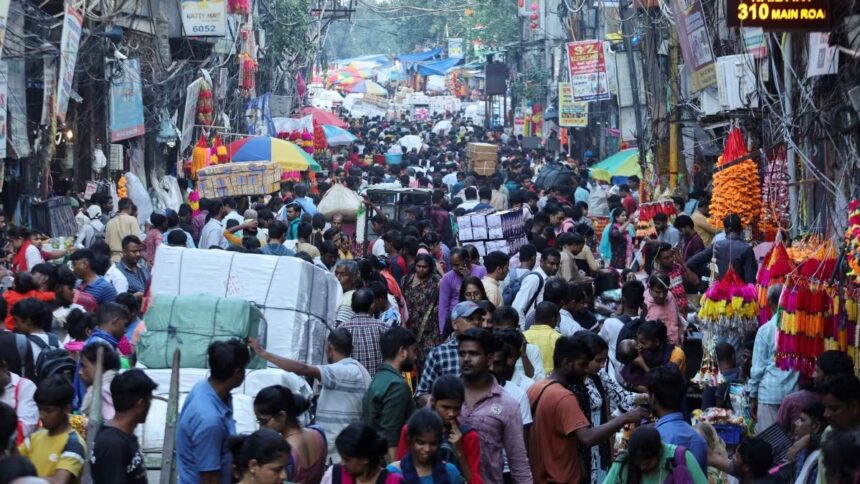Bharat Health Index on Friday revealed that Indians living in Tier-2 and Tier-3 regions spend 15-20 per cent of their household income on medical expenses on an average. This figure was highlighted in a press release by the the digital and banking network, PayNearby.
The company issued its first edition of the index on the occasion of India’s 77th Independence Day. The country’s leading digital and banking network also highlighted that only 25 per cent of India’s Tier-2 and Tier-3 population have easy access to modern healthcare.
The survey based on the responses of 10,000+ retailers concluded that only 15 per cent of the respondents had modern healthcare services within a radius of 5 km.
Talking about medical practitioners, only 25 per cent had access to general physicians in their area, while 92 per cent of the responded that there were no specialised doctors, like cardiologists, gynaecologists and paediatricians.
In case someone suffered from a terminal disease 90 per cent of the respondents said that they need to travel to a different location for the treatment.
The report by PayNearby further says that 85 per cent of people have to travel more than 10 kms to buy specialised medicines. Notably 52 per cent said that they a pharmacy within 5 km radius which fulfils their basic medical needs.
The company also noted that only 47 per cent respondents owned a thermometer while a mere 7 per cent had blood pressure or sugar monitoring equipments.
For funding of medical expenses, 23 per cent people relied on informal loans or borrowing while 6 per cent resorted to selling their assets for paying the medical bills. But significant portion of 53 per cent utilised their savings to cover these expenses.
“Over 70 per cent of India resides in rural and semi-rural regions. This survey reinforces the urgent need to scale healthcare services for the masses. More than 80 per cent of doctors, 75 per cent of dispensaries, 60 per cent of hospitals are concentrated in urban India, leaving out marginalised population in SURU to fend for themselves. While infrastructure scaling takes times, leveraging technology for distribution breakthroughs is crucial to cater to a wider audience,” said Anand Kumar Bajaj, MD & CEO of PayNearby.
“Reliable tele-consultation platforms and easy to use online pharmacy modules can greatly contribute. Our recently launched Health Correspondent program is a step in that direction. Together with our retailers, the mission is to spread medical awareness and create local health hubs, ensuring the reach of critical primary health services through technology,” Bajaj added.
The survey also highlights the low penetration of insurance in Tier-2 and Tier-3 regions. The report claims that 55 per cent of respondents never heard of insurance.
Among those aware of insurance, only 32 per cent opted for insurance at some point while a mere 28 per cent possess health insurance for themselves or their families.
88 per cent of the insurance holders obtained it from government or state sponsored schemes, while less than 10% obtained it from private insurance providers.








